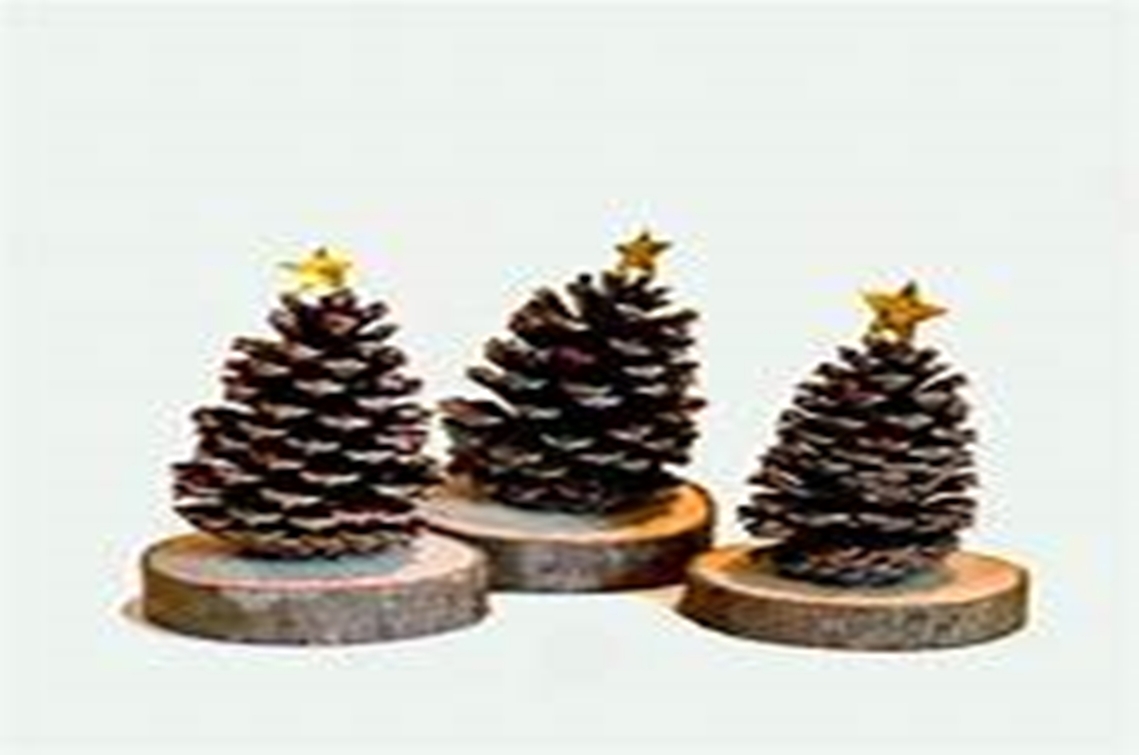It’s that time again! Time of gift giving, yummy food and cozy fires. Long before Christmas
became associated with shopping, gits and decorations made of plastic, winter
celebrations in Britain were deeply connected to nature, seasonality and resourcefulness.
Many of these practices were remarkably sustainable by today’s standards.
Bringing Evergreens Indoors
Traditions of bringing greenery into the home date back to Celtic, Norse and Roman winter
festivals. Collections of Holly, Ivy, mistletoe, yew and pine branches were all brought in to
decorate homes, barns and community spaces. They symbolized life, resilience and
protection during the darkest days of the year. All too often these are now replaced with
plastic options but why not consider going back to these entirely natural, locally gathers
and biodegradable options? Not to mention free!
Natural Decorations
Other natural decorations were quite often food related! These included, dried fruit and
nuts threaded onto strings, wooden carvings, straw ornaments and even popcorn chains!
This winter fill your home with sustainable decorations, festive fragrances and family
memories while you make your own festivities and remember you are preserving the
planet at the same time.
Community before Consumption
Christmas was less about ‘things’ and more about connection, tradition and mutual support
through winter. A lot of Christmas was centered on communal meals with seasonal food,
storytelling, charity and communal singing. No doubt many of these traditions are still part
of your Christmas festivities but don’t forget the Salisbury and District Natural history
Society Members evening. One of my favourite Christmas activities is a Christmas day
walk as well, so brave the old and get out into nature!
Gift ideas
We all understand the excitement of presents under the tree though, so why not have a
nose at this short of list of gift ideas. Give the gift of inspiration and nature connectivity!
- Pocket Microscope
- Bird Watching Kit
- Eco Kids Bundle
- Water vole story book
- Amazing British garden birds activity book
- Solar Printing kit
- Scavenger hunt kit
- Adopt an animal
- Window bird feeder

